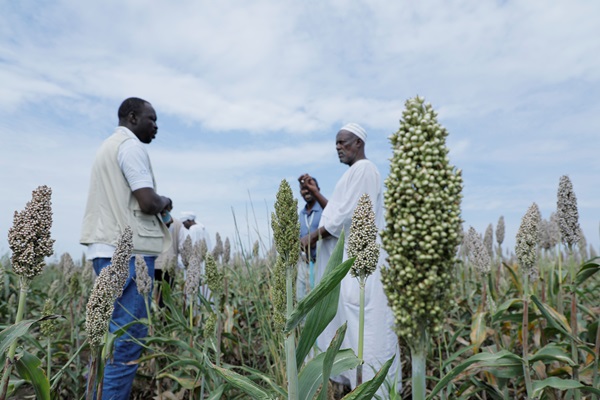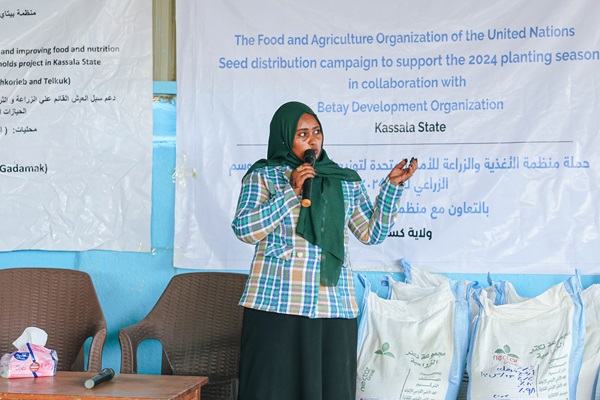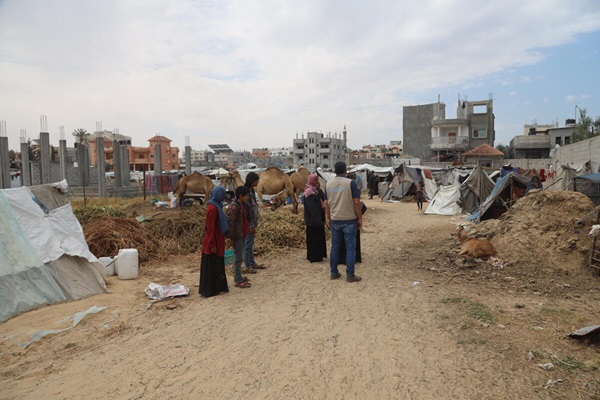Near East and North Africa
.jpg?sfvrsn=edd624bd_11)
News

News
Sudan is facing an unprecedented hunger catastrophe, say UN agency chiefs
27/06/2024
New data reveals that over 750,000 people are experiencing catastrophic levels of food insecurity with 25.6 million people in crisis levels of hunger

News
FAO sounds alarm over high risk of famine across the whole Gaza Strip amidst humanitarian access constraints
26/06/2024
New analysis reveals that almost the entire population is facing high levels of acute food insecurity with 1 in 5 Gazans being on the verge of famine
Publications

Publications
Yemen: Project Highlights – OSRO/YEM/107/KSC
07/2024
The Government of the Kingdom of Saudi Arabia contributed USD 4.85 million to improve the livelihoods and food security of 24 030 farming and livestock-keeping...

Publications
Ethiopia: Humanitarian Response Plan 2024
06/2024
Ethiopia faces major humanitarian challenges, mainly driven by climate and economic shocks, armed conflict and food chain threats.

Publications
Iraq: DIEM – Data in Emergencies Monitoring brief, round 12
04/2024
This Data in Emergencies Monitoring (DIEM-Monitoring) brief shares the results of a twelfth-round assessment conducted in October and November 2023...
Multimedia

Photo collection
The Sudan | FAO kicks off an emergency seed distribution campaign across 17 states
18/07/2024
View this gallery on Flickr.

